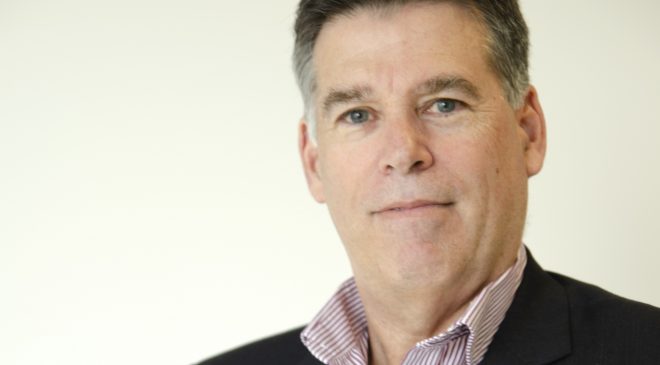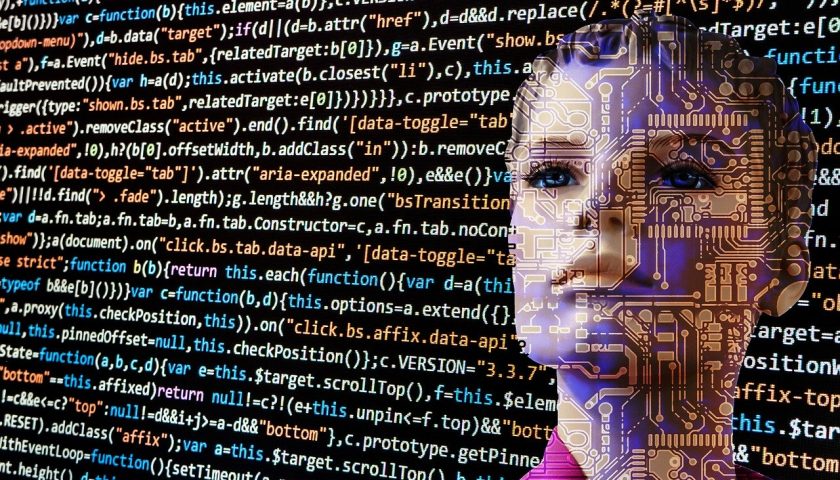
Mike Brett CIO of Hearing Australia gives some unique insights 15 months into his tenure.
Working for a corporate Commonwealth entity has its unique challenges for Mike Brett chief information officer at Hearing Australia.
While it competes in a commercial market, Hearing Australia also has a responsibility to its major stakeholder – the Australian Government.
“Only a part of our services under the Hearing Services Program are government funded, so we need to earn our revenue from commercial activities or through grants and other programs,” he said. “We are accountable to our Minister; we report to a Board; and we need to ensure that the organisation remains financially viable.”
In an interview with CIO Tech Asia, Brett said Hearing Australia has a mission to provide leading research and hearing services for the wellbeing of citizens. This means the IT department must support a team that conducts pure and applied research; provide services to Australians who are eligible for government subsidised hearing services under the Hearing Services Program; and operate as a commercial entity.
“Hearing Australia undertakes a range of activities all focusing on providing better hearing outcomes for all our clients and the community, be it prevention of hearing loss in the first place or maximising their quality of life through treating their hearing loss,” said Brett.
Brett joined Hearing Australia in 2019. He was approached by Hearing Australia’s managing director about leading its ICT modernisation initiative.
“As I listened to his vision for the organisation, met with the Chair and a member of the Board, the more interested I became in joining the organisation and being part of the change,” he said. “It was a great opportunity to leave a very large organisation to lead a smaller team to achieve generational change with respect to their IT.”
Managing stakeholders
Brett said joining an organisation as a CIO is not that different to any executive joining a new organisation.
“You need to get out and talk to your stakeholders, understand their needs, determine what is working well and what needs to be improved,” he said. “In my case, there was already an acceptance that the ICT was aged and cumbersome so needed to be refreshed.
It was a case of building a business case for the Board on the investment required and what the return on that investment would be.”
According to Brett when approaching the Board about how to solve a problem, he ensures he is “clearly articulate” on how “approach the problem” and present a vision to the Board; the executive team and to the whole organisation of what the future might look like.
Brett is currently 15 months into a three-year contract and has set his fixed end date to get as much of his approved vision “done within that time”.
“I’m pleased to say that we have well and truly started our journey. We have an IT strategy and technology roadmap out to 2025,” he said. “We’ve had our business case approved by the Board, so we have the requisite investment capability.
We implemented Microsoft 365 and have commenced work with a partner to implement Microsoft Dynamics 365 to replace our three major core systems.”
According to Brett, Cloud represents a great opportunity for Hearing Australia because it will help the organisation refocus its IT capability in order to ensure our activities are dedicated to helping the business achieve its ambitions.
“We have moved to Microsoft Office 365 and will be implementing new capability in Microsoft Dynamics 365 over the next 12-18 months,” he said. “This not only gives us access to modern software capability but enables us to take advantage of ‘evergreen’ functionality.
This means access to new features as they are released rather than having to implement time consuming software upgrades.”
Brett said he was fortunate to have a “very capable in-house team”, which allowed him to work out how to provide better value to the organisation.
“What I discovered is that the team had done a fantastic job in supporting the business, now it was time to for them demonstrate their thought leadership and show the rest of the organisation how technology could help both grow our business and increase productivity,” he said. “It is my responsibility to be the technology evangelist within Hearing Australia.”
Brett feels privileged to be a part of that team, who welcomed and trusted him to lead them.
“I see my role, not as telling them how to do their jobs but to make it possible for each of them to be the best they can be,” he said. “The team had worked hard in supporting the business which they have done brilliantly but we have now worked as a team to increase our influence for the benefit of the organisation.”
Brett and his team are “very focused” on ensuring they also value colleagues for what they bring to the table.
“Technical skills can be taught but the divergent thinking and experience that each of our team bring to their roles creates something very powerful,” he said. Sometimes saying “no” can be very empowering — rather than just doing what we were asked; we’re asking more questions; and challenging our colleagues to articulate what they need and why.
We’re asking what their end vision is and how their current requirement fits with this vision.”
This has enabled Brett and his team to a much more strategic conversation and work collaboratively to develop a shared vision. Although they still undertake some short-term tactical activities, he ensures they always have an “honest conversation about building for the future”.
Challenges of a pandemic
While Brett’s time at Hearing Australia has been smooth sailing so far, outside factors have contributed to creating challenges for the CIO.
“[At] Hearing Australia, we saw a very sharp uptake in tele-audiology,” he said. “The real impact of COVID-19 has been to accelerate change and transformation in the ways we work, and this has exposed a need for improvement to existing systems. Those organisations that are able to adapt the most are likely to survive.”
For Brett, the “biggest challenge” has been “uncertainty”, because no one can “categorically state how this will play out”.
“The optimist in me hopes that a vaccine will be developed, and we can return to some semblance of the lives we led pre-pandemic,” he said. “The alternative is that we are truly in a new normal.
We have seen already that organisations have leaned heavily on technology to deal with the constraints of lockdown and social distancing, whether it is a work from home requirement or the move to digital services.”
We have observed that most of our office staff have adapted to working from home or remotely and may not wish to return to full-time at our head office. Many of our team members have expressed a greater satisfaction around work like balance.
We had already made the decision to move to Office 365 in December and when the pandemic hit, we were able to accelerate our deployment in time for lockdown. We might not have achieved our ambition of an orderly change management for the deployment but “necessity is the mother of invention” and everyone understood the urgency and adapted.
Remote working is the new normal
“As a person reasonably new to the organisation, I was in awe of how quickly we were able to adjust and introduce our “new ways of working”,” he said. “We are seeing some unexpected outcomes in terms of collaboration across our organisation.
Everyone joining a Teams video conference is given an equitable experience as it is difficult to dominate a conversation where people need to ‘raise their hand’ to contribute. It has given us insights into what we might ordinarily miss, either because we were unable to get some people in the room or they may not have been able to express their view.”
However, an area of concern for Brett revolves around Cybersecurity. Hearing Australia is focused on ensuring that doesn’t introduce any degradation in its cyber resilience through new ways of working. “We have run a new awareness campaign internally since we have seen an increase in phishing messages,” he said.
Another area of focus is cost optimisation, as the economy enters into a pandemic induced contraction. “We are in an era of uncertainty so CIO’s will be asked to provide flexibility, whether it is to scale up or down depending on recovery or further pandemic outbreaks,” said Brett. “We will be asked to turn on a dime which means we need to embed agility into our operating models, processes, and staffing arrangements.
Whether this is through the use of more workplace automation or looking to reduce the cost of operations through technology.”
Brett believes CIOs are being asked to take the lead on initiatives to ensure business continuity and organisational resilience. This will become especially important if there is a second wave of the pandemic.
“I don’t consider that the role of a CIO has changed but certainly areas of focus have changed,” he said. “The pandemic has highlighted areas for improvement and pressure points within systems and these are often mitigated or solved using technology.”




